antimonial lead producers
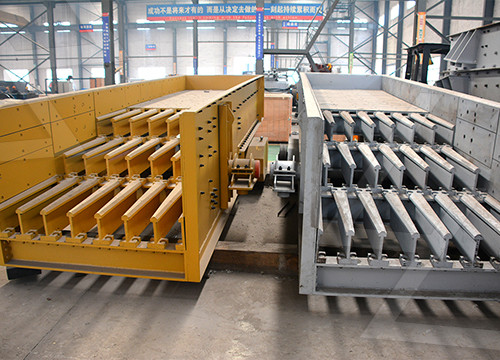
Antimony - USGS Publications Warehouse
In the United States, the leading uses of antimony were as follows: flame retardants, 42%; metal products, including antimonial lead and ammunition, 36%; and nonmetal
获取价格
Mineral Commodity Summaries 2022 - Antimony - USGS
Events, Trends, and Issues: China continued to be the leading global antimony producer in 2021 and accounted for 55% of global mine production, followed by Russia, 23%, and
获取价格
进一步探索
Antimony production volume worldwide 2022 StatistaAntimony Statistics and Information U.S. Geological Survey
Antimony Data Sheet - Mineral Commodity Summaries 2020
Recycling: The bulk of secondary antimony is recovered at secondary lead smelters as antimonial lead, most of which was generated by, and then consumed by, the lead-acid
获取价格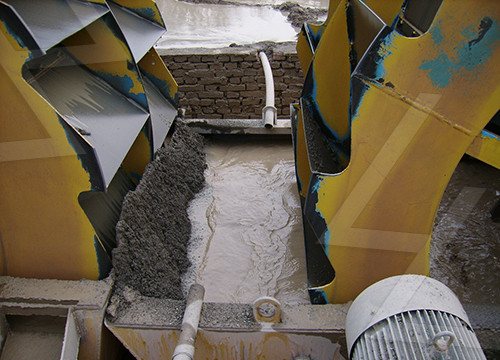
Resilience in the antimony supply chain - ScienceDirect
2022年11月1日 Of the 24 mines, half (12) are primarily antimony mines, 9 are gold mines that produce antimony as by-product, 2 mines co-mine different minerals (e.g. Anzob
获取价格
Antimony Recovery from End-of-Life Products and Industrial
2016年2月8日 Overall, it is estimated that the global antimony consumption is distributed to flame retardants 52 %, lead alloys and lead-acid batteries 38 %, catalysts for the
获取价格
Antimony Metallurgy SpringerLink
2023年6月7日 Antimony metallurgy is the technology that extracts antimony metal from antimony ores or produces antimony compounds. Antimony was discovered in the
获取价格
Antimony may be a renewable energy hero - North of 60 Mining
2021年9月16日 "China continued to be the leading global antimony producer in 2020 and accounted for more than 52% of global mine production," USGS inked in its 2021
获取价格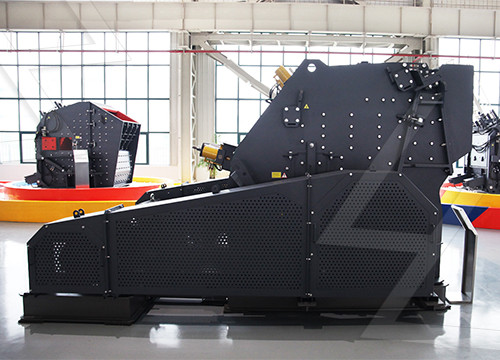
Antimony: A Mineral with a Critical Role in the Green Future
2021年5月5日 In 2020, there was no domestically mined production of antimony in America—meaning the U.S. relied on other countries, primarily China, for its antimony
获取价格
Antimonial Lead Supplier - High-Antimony Lead Ingots, Sheets
Antimonial Lead is a hard alloy of lead that contains between 1% to 10% antimony. When antimony is mixed with lead, the lead becomes firmer and harder. It is unreactive, resists
获取价格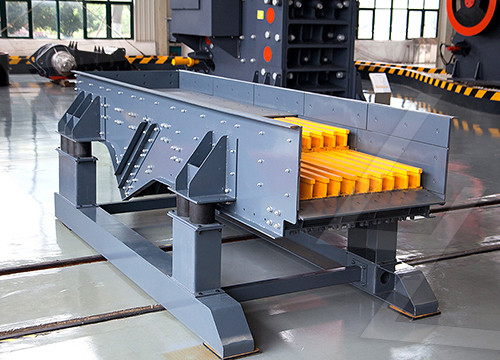
Antimony Metallurgy SpringerLink
2023年6月7日 The powdery crude antimony trioxide is reduced by a carbonaceous reductant in a reverberatory furnace at 1,000–1,200 °C to produce crude antimony. Crude antimony can be produced by the precipitation smelting process. The typical pyrometallurgical antimony production process using sulfide ore is shown in Fig. 1.
获取价格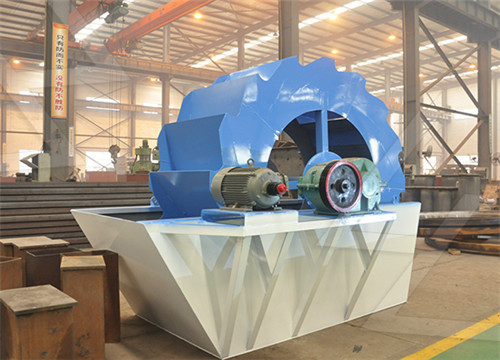
Lead - Wikipedia
The share of the world's lead production by the Eastern Bloc increased from 10% to 30%, from 1950 to 1990, with the Soviet Union being the world's largest producer during the mid-1970s and the 1980s, ... which yields impure lead,
获取价格
Production of The Highest Quality of Lead Ingots - Sempurna Group
Monthly production of 2000 metric tonnes of pure lead and antimony lead ingots. One of only four fully licensed facilities by the Department of Environment Malaysia for Lead Acid Battery (SW102) disposal.
获取价格
Antimonial Lead Lead Products Jamestown North America
Learn more about our antimonial lead. Also known as “hard lead,” it can be used for radiation shielding, lining tanks, and pump manufacturing. Call us today. ... high speed production equipment developed and proven in the European market. This technology produces high quality product in less time at a competitive price. Business Info. About ...
获取价格
Antimonial Lead Supplier - High-Antimony Lead Ingots, Sheets
Tank linings. For more information, FREE Technical Assistance and current pricing, contact 844-564-6087, email sales@mayeralloys or fill out the form in the Request a Quote link below.8. Mayer Alloys is your dependable supplier for high-quality antimonial lead, with same-day shipping available in most cases. Get a quote today!
获取价格
Antimonial Lead Ingots Lead Products Jamestown North America
Antimonial Lead Ingots. Antimonial Ingots can be used for a variety of purposes including bullets, bearings, lead shot, and as a component of larger equipment such as pumps and valves by the process of re-melting and casting them into other shapes and parts. Jamestown Antimonial ingots are available as 5-pound bars on 25-pound strips as
获取价格
ANTIMONIAL LEAD ALLOYS Alloy Digest ASM Digital Library
Abstract. ANTIMONIAL LEAD ALLOYS are binary alloys containing from 1 to 12% antimony, balance lead. They are also called HARD LEAD, the antimony being used to increase the hardness and strength of lead. This datasheet provides information on composition, physical properties, hardness, elasticity, and tensile properties as well as
获取价格
Lead smelting - Wikipedia
The lead from the blast furnace, called lead bullion, then undergoes the drossing process. The bullion is agitated in kettles then cooled to 700-800 degrees. This process results in molten lead and dross. Dross refers to the lead oxides, copper, antimony and other elements that float to the top of the lead. Dross is usually skimmed off and sent ...
获取价格
Resilience in the antimony supply chain - ScienceDirect
2022年11月1日 By production volume, 56% of antimony is produced as by-product of gold, 32% is produced as host metal and 12% of antimony is produced a co- or by-product (lead, tin, silver, mercury) in 2018. The production of a mine that produces both host metals and by-products will in most cases be dominated by the demand for the host metal since
获取价格
Antimony Geoscience Australia
2023年12月19日 Antimony is a silverly, lustrous grey metal that exhibits poor heat and electrical conductivity. It is relatively soft, measuring only 3.25 on Moh's scale of mineral hardness. Known as "stibium" in classical Latin, antimony is represented by the chemical symbol Sb. A member of the arsenic group of elements, antimony is commonly found in ...
获取价格
Antimony: The Most Important Mineral You Never Heard Of - Forbes
2021年5月6日 Antimony is a strategic critical mineral that is used in all manner of military applications, including the manufacture of armor piercing bullets, night vision goggles, infrared sensors, precision ...
获取价格
Availability, Toxicology and Medical Significance of Antimony
2022年4月12日 Recently, antimony was included in the critical raw materials (CRM) list. These are materials that are characterized by increased economic importance, high-risk supply chains, and the inability of substitution by materials of commensurate properties [].According to [], the approximate amount of antimony exceeds 1.5 × 10 6 t worldwide.As
获取价格
Antimony Statistics and Information U.S. Geological Survey - USGS.gov
Antimony is chalcophile, occurring with sulfur and the heavy metals, lead, copper, and silver. Over a hundred minerals of antimony are found in nature. Stibnite (Sb 2 S 3) is the predominant ore mineral of antimony. The most important use of antimony metal is as a hardener in lead for storage batteries. ... and World Mineral Production ...
获取价格
Trivalent and Pentavalent Antimony - Cobalt, Antimony
1.2.2. Uses. Antimony is included on the EU list of critical raw materials (European Commission, 2020b) and within the EU has been used in flame retardants (43%), lead–acid batteries (32%), lead alloys (14%), plastics (catalysts and stabilizers) (6%), and glass and ceramics (5%) (the values refer to usage over the period 2012–2016) (European
获取价格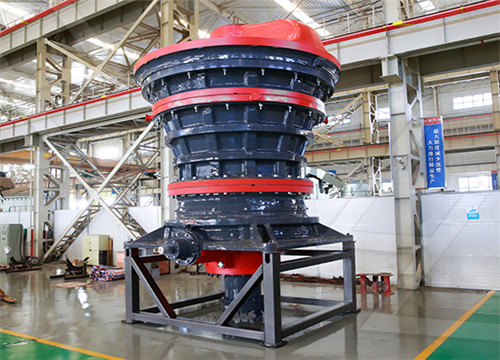
Antimony: The Most Important Mineral You Never Heard Of - Forbes
2021年5月6日 Antimony is a strategic critical mineral that is used in all manner of military applications, including the manufacture of armor piercing bullets, night vision goggles, infrared sensors, precision ...
获取价格
Availability, Toxicology and Medical Significance of Antimony
2022年4月12日 Recently, antimony was included in the critical raw materials (CRM) list. These are materials that are characterized by increased economic importance, high-risk supply chains, and the inability of substitution by materials of commensurate properties [].According to [], the approximate amount of antimony exceeds 1.5 × 10 6 t worldwide.As
获取价格
Antimony Statistics and Information U.S. Geological Survey - USGS.gov
Antimony is chalcophile, occurring with sulfur and the heavy metals, lead, copper, and silver. Over a hundred minerals of antimony are found in nature. Stibnite (Sb 2 S 3) is the predominant ore mineral of antimony. The most important use of antimony metal is as a hardener in lead for storage batteries. ... and World Mineral Production ...
获取价格
Trivalent and Pentavalent Antimony - Cobalt, Antimony
1.2.2. Uses. Antimony is included on the EU list of critical raw materials (European Commission, 2020b) and within the EU has been used in flame retardants (43%), lead–acid batteries (32%), lead alloys (14%), plastics (catalysts and stabilizers) (6%), and glass and ceramics (5%) (the values refer to usage over the period 2012–2016) (European
获取价格
Antimony - A Critical Material You ve Probably Never Heard Of
certain metals. During World War II, antimony was key to U.S. production of tungsten steel and the hardening of lead bullets used in combat; at the time up to 90 percent of antimony demand was fulfilled through domestic production. Today, antimony is used across numerous industrial sectors, resulting in diffuse consumption
获取价格
How does antimony improve lead-based castings? - Vulcan
2014年2月17日 Pure lead has a density of .41 pounds per cubic inch. Six percent antimonial lead has a density of .393 pounds per cubic inch, which is a loss of .0028 per percentage point of antimony. For a little loss in density, the mechanical properties gained are significant. Based on alloy and product type, not all forms of metal can be blended
获取价格
Antimonial Sheet Lead Lead Products Jamestown North America
About. Jamestown North America offers highly customized Antimonial sheet lead and Antimonial plate lead products in a variety of thicknesses, widths, and lengths. Our Antimonial lead products can meet MIL-L-18831 and AMS Federal specifications. See our resources page for more specifics. Contact our friendly sales team at 877-611-6655 or
获取价格
Antimony Recovery from End-of-Life Products and Industrial
2016年2月8日 Antimony has become an increasingly critical element in recent years, due to a surge in industrial demand and the Chinese domination of primary production. Antimony is produced from stibnite ore (Sb2O3) which is processed into antimony metal and antimony oxide (Sb2O3). The industrial importance of antimony is mainly derived
获取价格
Antimonial Pig Lead Lead Products Jamestown North America
Antimonial Pig Lead. Antimonial Lead Pigs are similar to antimonial lead ingots where they can be re-melted and cast to virtually any customized shape you need. Antimonial lead pigs are available as 65-pound blocks as shown. Get a Quote. Call now to speak with our representatives today about how we can meet your exact needs.
获取价格
Impact of modern battery design and the implications for
2002年4月30日 More lead producers will, over time, find that the antimony contained in their metal stream turns from a benefit to a deficit as more battery makers adopt non-antimonial alloys. The point at which the world antimony market will be in excess, and the stockpiling of softener slag commences, will not be far off as outlined below in Section 3 .
获取价格
World antimony production top countries 2023 Statista
Tajikistan was the second-largest producers of antimony that year, with production having amounted to an estimated 21,000 metric tons. ... Glencore's production of lead 2015-2022;
获取价格
6% Antimonial Lead - Belmont Metals
Lead - Antimony alloys have high corrosion resistance in most enviroments. They form a protective, impermeable film even faster than pure lead and in some cases even faster than chemical lead. It is found that except in the presence of florine compunds, 6% antimonial lead is more resistant to corrosion than is soft lead. 6% Antimony, 92% Lead this is by
获取价格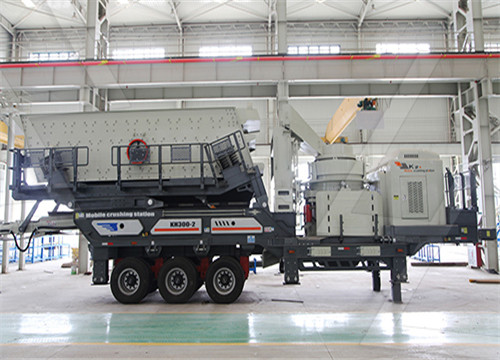
Dynamic material flow analysis of antimony resources in China
2023年10月1日 Conclusions. Antimony is a vital element for promoting economic growth. This study conducts a dynamic material flow analysis for antimony metabolism in China from 2011 to 2020. Our results reflect that China’s antimony production had gradually decreased from 2011 to 2020, reaching a low figure of 62 kt in 2020.
获取价格
Antimony The Canadian Encyclopedia
2006年2月6日 Antimony melts at 630°C and boils at 1380°C. The mineral stibnite is the most important source of antimony. Antimony is also recovered as a by-product of nonferrous metal production. Most antimony comes from ores upgraded by flotation. Antimony is recovered from lead ores as antimonial lead (see Metallurgy). It is a toxic
获取价格